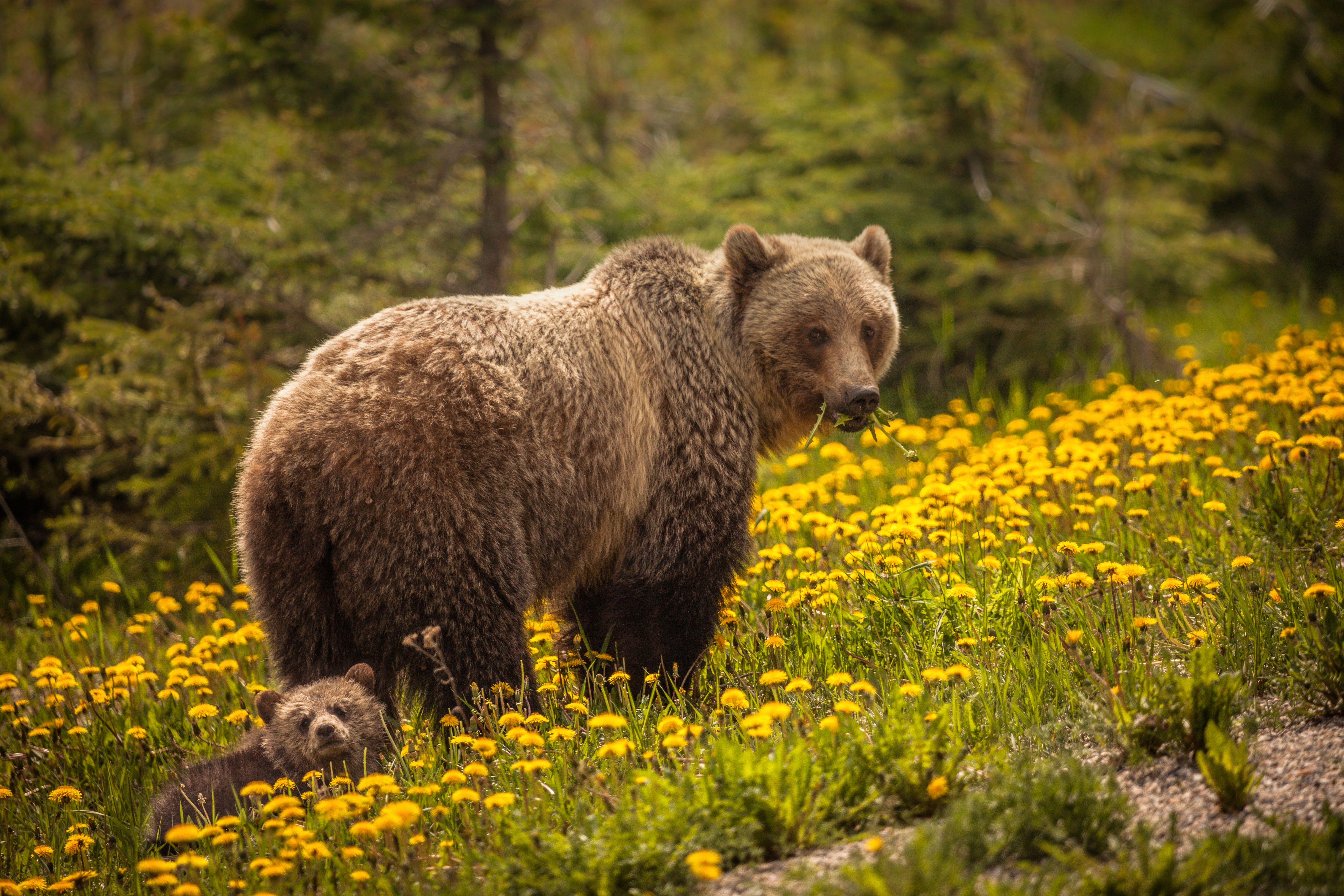Effective Predator Deterrent Strategies for Alberta
Understanding the Predator Challenge in Alberta
Alberta is home to a diverse range of wildlife, including predators such as coyotes, wolves, and bears. These predators play a crucial role in maintaining ecological balance, but they can pose significant challenges for farmers, ranchers, and rural communities. Effective deterrent strategies are essential to protect livestock and property while preserving the natural habitat.
Implementing predator deterrence requires a nuanced approach, taking into account the specific species involved and the landscape. It's important to adopt methods that are both humane and effective, minimizing harm to wildlife and people alike.

Physical Barriers: Fencing and Enclosures
One of the most effective methods for deterring predators is the use of physical barriers. Fencing is a common solution, with various options available depending on the size and type of predator. Electric fences, for instance, can be particularly effective against larger animals like bears and wolves.
For smaller predators such as coyotes, ensure that fences are buried at least six inches underground to prevent digging. Additionally, using netting or wire mesh can help secure enclosures for smaller livestock and poultry.
Innovations in Fencing Technology
Recent advancements in fencing technology have introduced solar-powered electric fences and portable fencing systems that offer flexibility and sustainability. These innovations are especially valuable for temporary setups or in remote locations where traditional power sources are unavailable.

Non-Lethal Deterrents: Alarms and Lights
Non-lethal deterrents such as alarms and lights can be highly effective in scaring away predators. Motion-activated alarms emit sounds that startle animals, while flashing lights create an environment that predators perceive as unsafe.
Using a combination of these deterrents can enhance their effectiveness. For example, installing motion-activated lights alongside alarms can provide a dual-layered defense, making it more challenging for predators to adapt.
The Role of Guard Animals
Guard animals like dogs, llamas, or donkeys can serve as an additional line of defense against predators. These animals are naturally protective and can deter intruders through their presence alone. Selecting the right guard animal depends on the type of livestock and the specific predator threat.

Community Collaboration and Education
Effective predator deterrence often involves collaboration with local communities. Sharing knowledge and resources can lead to more successful outcomes. Community education programs can teach residents about coexistence strategies that prioritize both human safety and wildlife conservation.
Workshops and training sessions can offer practical advice on implementing deterrent measures effectively. By fostering a community-oriented approach, individuals gain access to a wealth of shared experiences and collective wisdom.
Government and Wildlife Agency Support
Government bodies and wildlife agencies play a critical role in supporting predator deterrent strategies. They provide valuable resources such as funding, expertise, and policy guidance to ensure that measures are sustainable and effective over the long term.
By engaging with these organizations, communities can better align their efforts with broader conservation goals, achieving a balance between human activities and wildlife preservation.